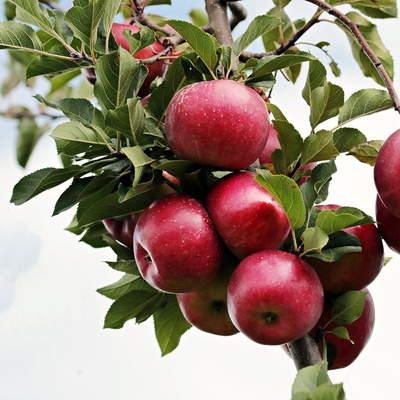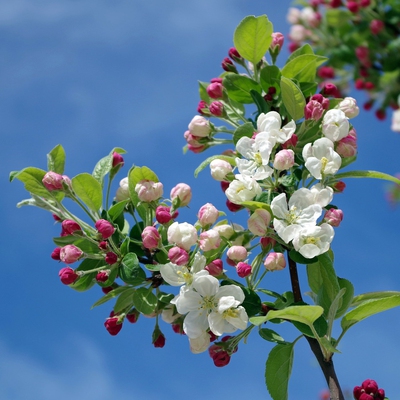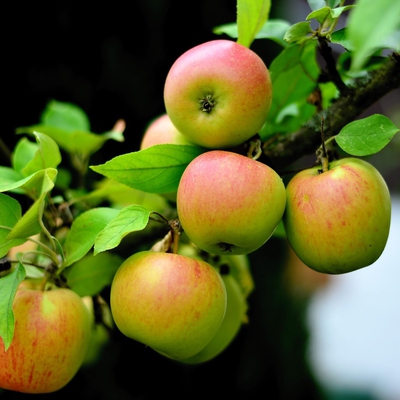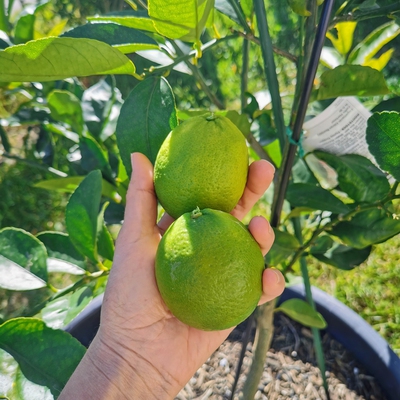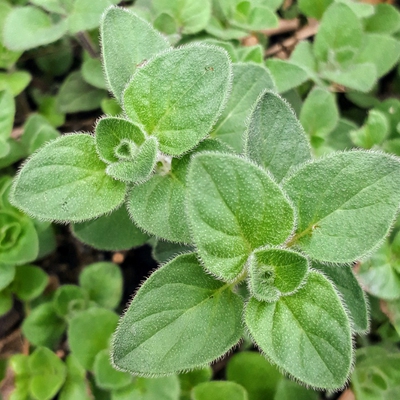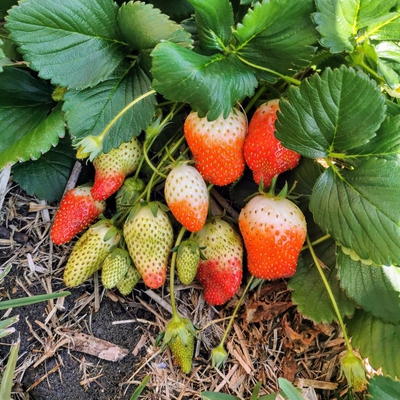Learn how to plant and grow Apples in your garden, including information on sun exposure, spacing requirements, planting tips, and more.
 Soil
Soil
What soil is good for Apples?
Plant apple trees in rich, well draining soil full of organic matter such as compost and well rotted manure.
Like most fruit trees, Apples require deep, well draining soil. They will not tolerate waterlogged soil and will develop root rot as a result. Avoid planting in heavy clay unless the soil has been amended. Heavy soils can be improved by incorporating gypsum, organic matter and by mounding the soil before planting to improve drainage.
 Position
Position
How much sun do Apples need?
Plant Apple trees in a full sun position.
 Frost Tolerant
Frost Tolerant
Are Apples frost tolerant?
Apple trees are frost tolerant.
 Spacing
Spacing
How much space do Apples need?
Space Apple trees at least 5 metres apart.
 Planting
Planting
When should I plant Apples?
Should be planted with at least one other Apple tree which flowers at a similar time to aid pollination.
Late autumn or early spring is the best time to transplant most dormant plants. Plants, with the exception of bare-root, can be transplanted at anytime between when the ground thaws and when it freezes (so anytime if you are in a frost free climate). However, if transplanting in the heat of summer, you'll need to be diligent in watering and provide extra shade for your plant in the first few weeks after transplanting.
Dig a hole 2-3 times the width of the root ball. The hole should allow the plant to sit at the same level in the soil as it was previously. Fill the hole with soil ensuring that the crown of the plant, where the roots and stem meet, is level with the soil surface.
Plant out in the early morning or evening and/or on an overcast day. Avoid planting at peak sun times or on windy days, this will allow your plants to settle in comfortably and protect them from windburn and sunburn.
 Feeding
Feeding
What do I feed Apples?
Top-dress the soil around the Apple tree with well-rotted organic matter in spring, along with a balanced organic fertiliser. Add a 2-3 inch layer of mulch around the tree up to the drip line to retain moisture (be careful not to pile mulch against the tree trunk as this may lead to trunk rot and disease).
 Harvesting
Harvesting
When can I harvest Apples?
Apples ripen at different times of the year depending on their variety. Taste an apple to determine it's flavour. Cut into the apple to check for brown seeds and white flesh, these are indicators of ripe fruit. Immature apples will have white seeds and flesh that is tinted green.
 Pests
Pests
What pests do Apples get?
Pests that affect Apple trees include: Aphids, Codling Moth, Fruit Fly, Apply Maggot, Leafhopper, Leaf Roller, Roundheaded Apple Tree Borer, Stinkbugs, Mites, Weevil, Mealybug.
 Diseases
Diseases
What diseases do Apples get?
Diseases that Affect apple trees include: Apple Scab, Black Rot, Rust, Mildew, Flyspeck, Powdery Mildew, Sooty Blotch, Fire Blight, Phytophthora Crown and Root Rot.
 Notes
Notes
Is there anything else I need to know about Apples?
At the end of the season, prune the Apple tree in order to remove old or unproductive wood. Open up the centre to let light and air in by removing any overlapping branches, this will help prevent disease.
